-
In memorium, Michael Zigmond, PhD
Dr. Michael Zigmond (b. 9/1/1941) died on 28 Aug 2023 at age 81 from complications of Amyotrophic Lateral Sclerosis (ALS, Aka Lou Gherig’s Disease). His work had a great impact on the world. He was an educator, a leader, and an inspiration and role model to an enormous number of people. He was a person…
-
Researchers revolt against weekend conferences
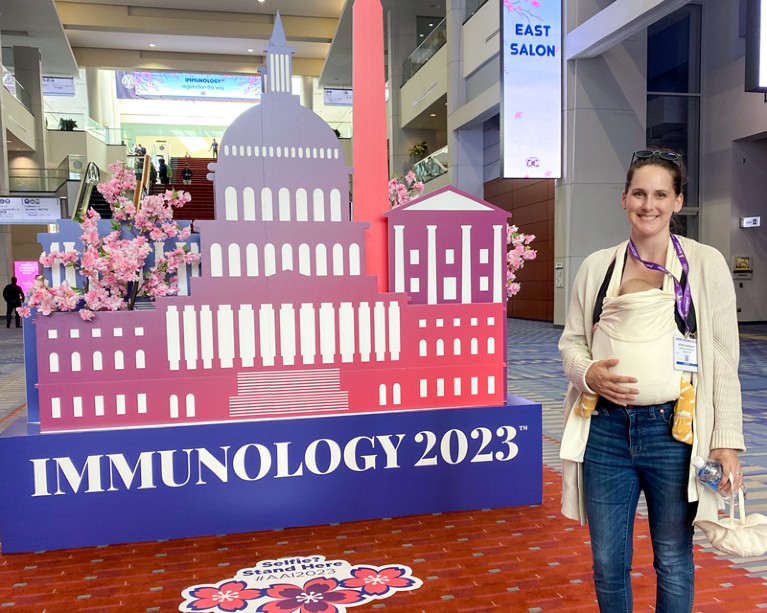
Thanks to its offer of free childcare, Jessica Osterhout was able to attend the 2023 American Association of Immunologists meeting in Washington DC.Credit: Jessica Osterhout Amanda Sierra never intended to organize a weekend conference. “It is extremely disrespectful to start a conference over the weekend; it is almost insulting for the intrusion on family time…
-
Author Correction: Like-minded sources on Facebook are prevalent but not polarizing
Correction to: Nature https://doi.org/10.1038/s41586-023-06297-w Published online 27 July 2023 In the version of this article initially published, the variable described in Supplementary Table 36 as measuring Facebook “strikes” for violations of content policies against “Coordinated Inauthentic Behavior” (CIB) is inaccurate and does not reflect enforcement of the actual CIB policy, which is not a content-level…
-
Ultra-sensitive pressure sensing capabilities of defective one-dimensional photonic crystal
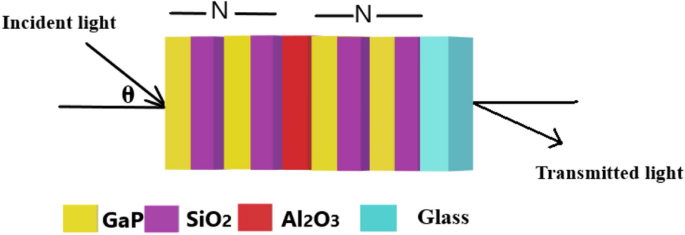
Abstract Present research work deals with the extremely sensitive pressure-sensing capabilities of defective one-dimensional photonic crystal structure (GaP/SiO2)N/Al2O3/(GaP/SiO2)N. The proposed structure is realized by putting a defective layer of material Al2O3 in the middle of a structure consisting of alternating layers of GaP and SiO2. The transfer matrix method has been employed to examine the…
-
Pioneering climate scientist Saleemul Huq, who argued for helping poor nations adapt to warming, dies at 71

Saleemul Huq, a pioneering climate scientist from Bangladesh who pushed to get the world to understand, pay for and adapt to worsening warming impacts on poorer nations, died of cardiac arrest Saturday. He was 71. “Saleem always focused on the poor and marginalized, making sure that climate change was about people, their lives, health and…
-
Did Nature Have a Hand in the Formation of the Great Sphinx?
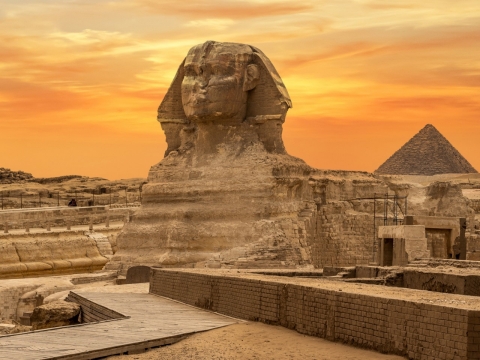
Historians and archaeologists have, over centuries, explored the mysteries behind the Great Sphinx of Giza: What did it originally look like? What was it designed to represent? What was its original name? But less attention has been paid to a foundational, and controversial, question: What was the terrain the Ancient Egyptians came across when they…
-
‘The perfect place to do science’
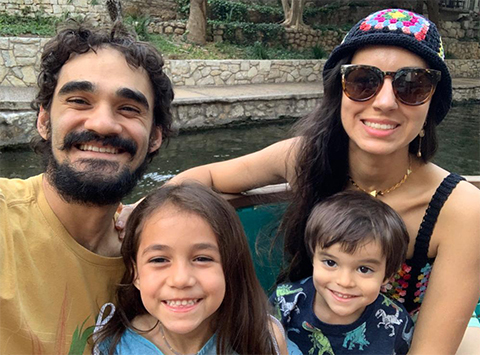
I have always been passionate about nature and its perfect synchrony and balance. When I was 6 years old, I received a mini microscope, as a Christmas gift; that changed my view of the world and defined my professional path. Seeing particles that were invisible to human eyes led me to an interesting observation: Every…
-
Why the UK-led global AI summit is missing the point
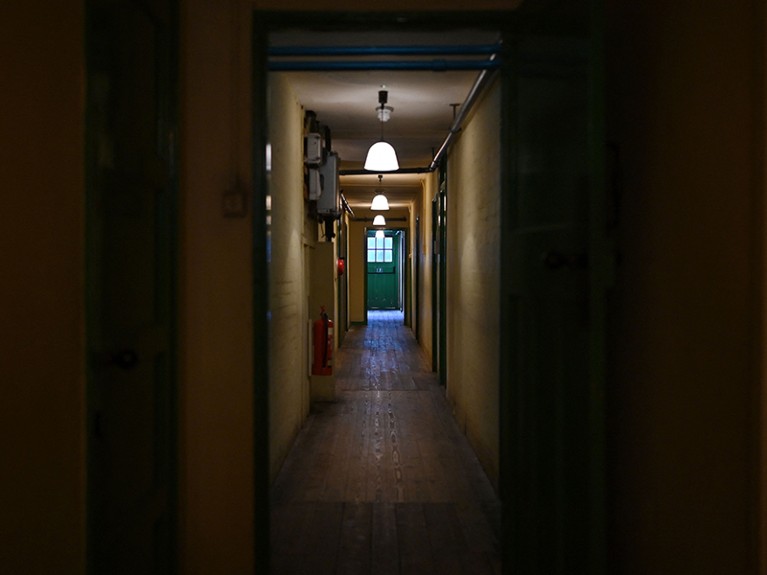
Bletchley Park, home to the United Kingdom’s wartime code-breaking team, is hosting this week’s AI safety summit. Delegates need to work towards regulatory transparency in the technology’s underlying data and models.Credit: Justin Tallis/AFP/Getty How to maximize the benefits of artificial intelligence (AI) while minimizing its harms is a worldwide preoccupation. This week, the spotlight is…
-
Daily briefing: Deep-diving seals led scientists to an undiscovered underwater canyon
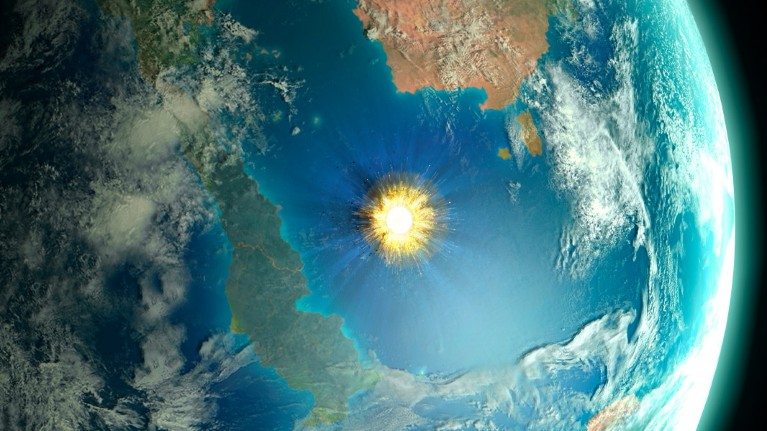
Hello Nature readers, would you like to get this Briefing in your inbox free every day? Sign up here. Credit: Mark Garlick/Science Photo Library Dinosaurs might have met a dusty end Dust might have been responsible for the deadly dinosaur-killing global winter that came after an asteroid slammed into Earth 66 million years ago. Climate…
-
A systematic review and meta-analysis of food handling practices in Ghana vis-a-vis the associated factors among food handlers during 2009 and 2022
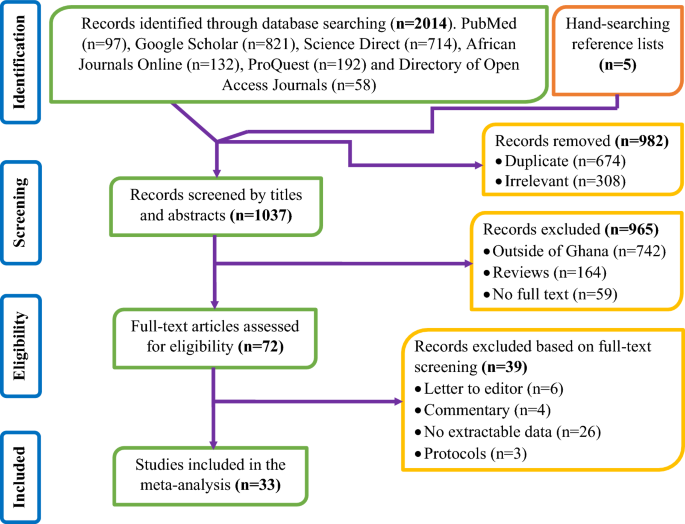
Abstract Foodborne diseases (FBDs) are a major public health concern, especially in Sub-Saharan African (SSA) countries, such as Ghana, where poor food handling practices (FHPs) are prevalent. To estimate the pooled proportion of good FHPs and the associated factors among Ghanaian food handlers, this systematic review and meta-analysis was conducted to aid scholars, practitioners and…